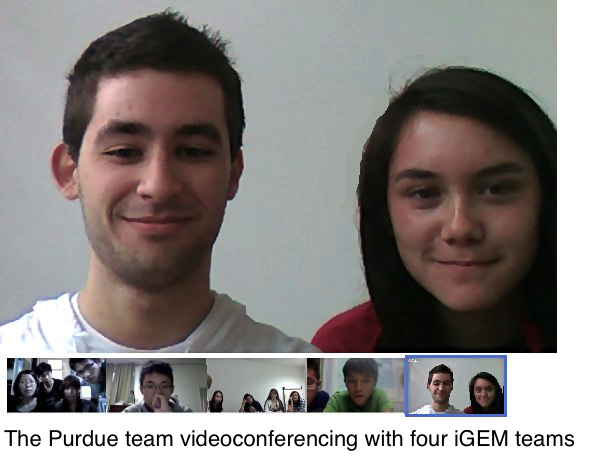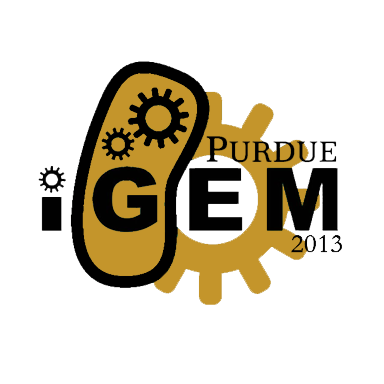
Although the Purdue iGEM Team is the face behind the standardized datasheet creation, this endeavor could not have been completed without the help of the 79 other iGEM teams that we collaborated with. This large-scale collaboration is unprecedented in the history of the iGEM competition. With a global collaboration of teams in 15 countries, we combined the knowledge and perspectives of numerous synthetic biologists with broad ranges of experience to create the most universal and appropriate datasheet.
There were many phases to this collaboration process, and teams participated in the collaboration to different extents. We initiated the collaboration process by gathering contact information of as many iGEM teams as possible. With that information, an initial survey was sent to individuals of each team to assess levels of interest and outline our general plan. This survey asked teams to address problems with the current Registry system and to establish which teams were interested in officially collaborating with the Purdue team.
A second survey was then sent out to those teams interested in collaborating, asking which assays each team is capable of performing to characterize genetic parts, along with teams’ analysis of the importance of each assay. The survey also gathered assurance from each team that a datasheet is an effective way to standardize characterization data in the registry.


Each phase in our collaboration process brought us one step closer to achieving the versatile datasheet that we aimed for. With the broad experience ranges and knowledge of those that we collaborated with, the overall goal was to create datasheet that is simple to use and adaptable to all different types of genetic parts. After collaborating with 79 iGEM Teams, the Purdue team feels as though they have successfully created a standardized datasheet system thus constructed a feasible method to standardize the presentation of genetic part information in the Registry.
 "
"
